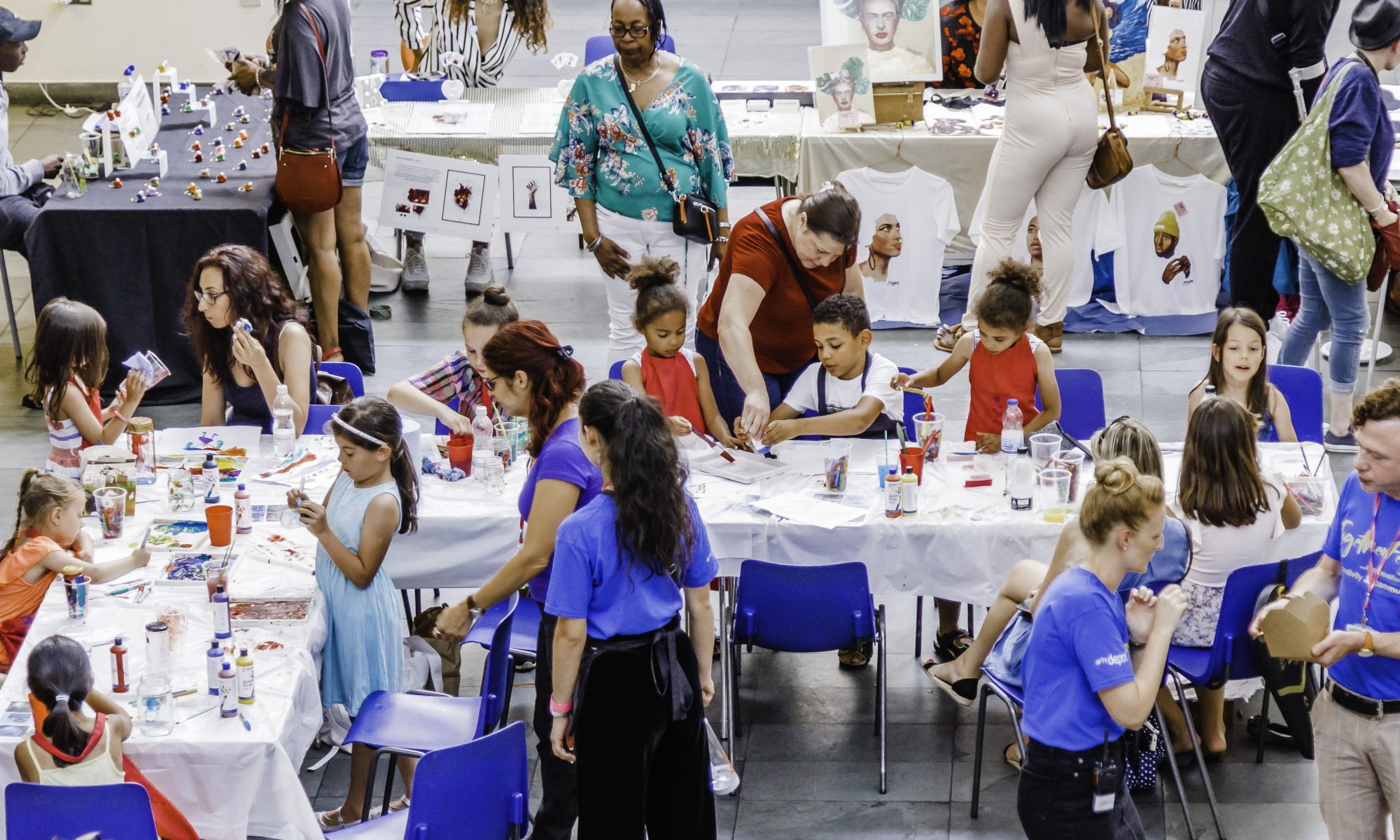It’s time to shake off our modesty: the power of arts centres in communities

artsdepot, London
14 years is a long time to spend making plans, and it is clear the new Labour Government is looking to move quickly to implement their policies and start creating the change they promised during the election campaign.
The watching and waiting is over, and we’re now in a position to move forward in identifying how we can respond to those plans. The budget and spending review due in the autumn and spring respectively are expected to unlock more of the detail, and although we know the likelihood of additional funding in the short term is low, we can already see some of the opportunities that exist for arts centres starting to emerge.
The first is around growth. We know this is the Government’s number one priority, and as our recent Sector Insight Report shows, arts centres are well placed to respond to this agenda.
Firstly, our business models offer growth opportunities, with higher levels of earned income from a more diverse range of sources than other arts organisations. We are less dependent on traditional box office income, earning more from other sources such as facility hire, tenants, services and contracts. The breadth of our activity, and consequential reach into local communities provides opportunities to align with place-based agendas in terms of health and wellbeing, education, youth services, adult social care, high street revitalisation and other local capital developments.
And that’s where our real power lies, in being able to support growth in our local communities. As key, trusted institutions, firmly rooted in our places, we can provide a range of support, services and platforms to activate and encourage local people to realise their potential – whether that’s through volunteering, gaining employability and other transferable skills or setting up their own business. The strength of our cross-sector partnerships ensures this work is connected, not happening in isolation, maximising the long-term impact both for individuals and in terms of the wider economic benefits.
The second area where arts centres have a critical role to play is around devolution and increased local decision-making. Meaningful devolution of any decision-making requires active community engagement, something we have been developing for decades. We are perfectly positioned to support local and combined authorities, as well as other agencies, to achieve new levels of engagement, co-design and democratic decision-making through our well-honed skills and existing community relationships.
It’s been heartening to hear the new Culture Secretary, Lisa Nandy, talk about inclusivity and ensuring that the stories we tell better reflect the diversity of the population. Arts centres are already finding new ways to tell stories that resonate with local people, offering entry points for people at all stages of their lives, whether that’s providing young people with vital career pathways or working with artists to make new work.
And finally, let’s remember happiness. As a country facing a crisis around mental health and loneliness, increasing polarisation and seeing societal breakdowns in our streets, there is a job to do to re-connect people with each other and enjoy positive, social and shared experiences. Arts centres sit at the heart of communities up and down the country, in rural and urban areas, as free, open spaces offering multiple reasons and opportunities for people to come together.
We’re already doing this, but with the right support and investment, we could do more.
Modesty is a common characteristic of arts centres, and if we are to realise our potential and make the contributions to these agendas that we can, we need to fight this. We need to be seen as the anchor institutions that we are, alongside our local colleges and universities, hospitals and housing associations. We need to be at the table, invited in by combined and local authorities, and asked to contribute to local policy. We need to stop being apologetic and be clear about the investment opportunities we offer, and the results we can deliver in terms of impact on the social and mental health and wellbeing of our communities.
Our spaces are free and open but need to remain relevant to our communities and their changing needs and expectations. Many other shared public spaces no longer exist, so here is an opportunity to invest in those which remain, to strengthen the capital infrastructure whilst delivering the wider benefits outlined above. If we are to remain fit for purpose for future generations, we need to be able to mould our spaces around new ways of interacting, responding to the ways people want to share experiences now. Our extensive work with young people means we are close to the changing patterns of social behaviour, and capital investment will be required to meet their needs.
Our asks are simple: recognise the role we can play, invite us to the table, and see the investment opportunities we present that will contribute to growth, devolution and the health and happiness of the country.
There are some encouraging early signs, we’ve already seen the new Education Secretary, Bridget Phillipson, commit to broadening the school curriculum to include more sport, drama, art and music alongside core academic subjects. Putting the value back on arts education will be a huge boost to the whole arts sector, and particularly for arts centres, many of whom work with young people from some of the most challenging backgrounds.
As Keir Starmer said at the end of his Downing Street speech in August: This is our country. Let’s fix it – together.
Gavin Barlow & Annabel Turpin, Co-directors, Future Arts Centres